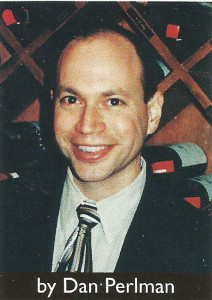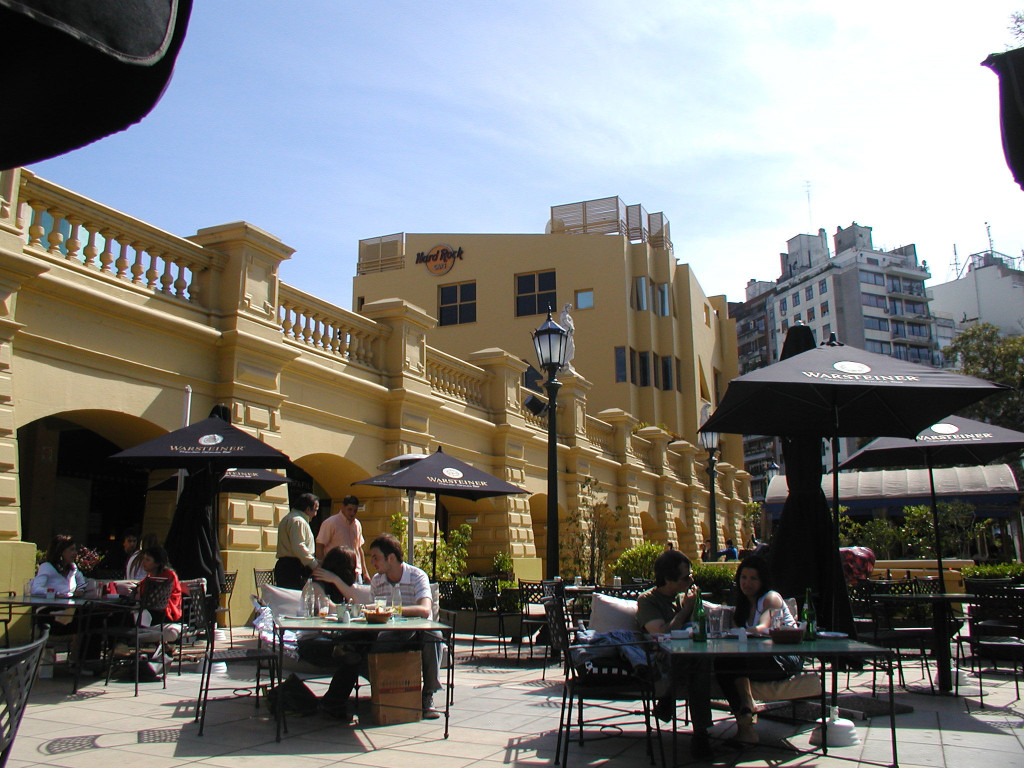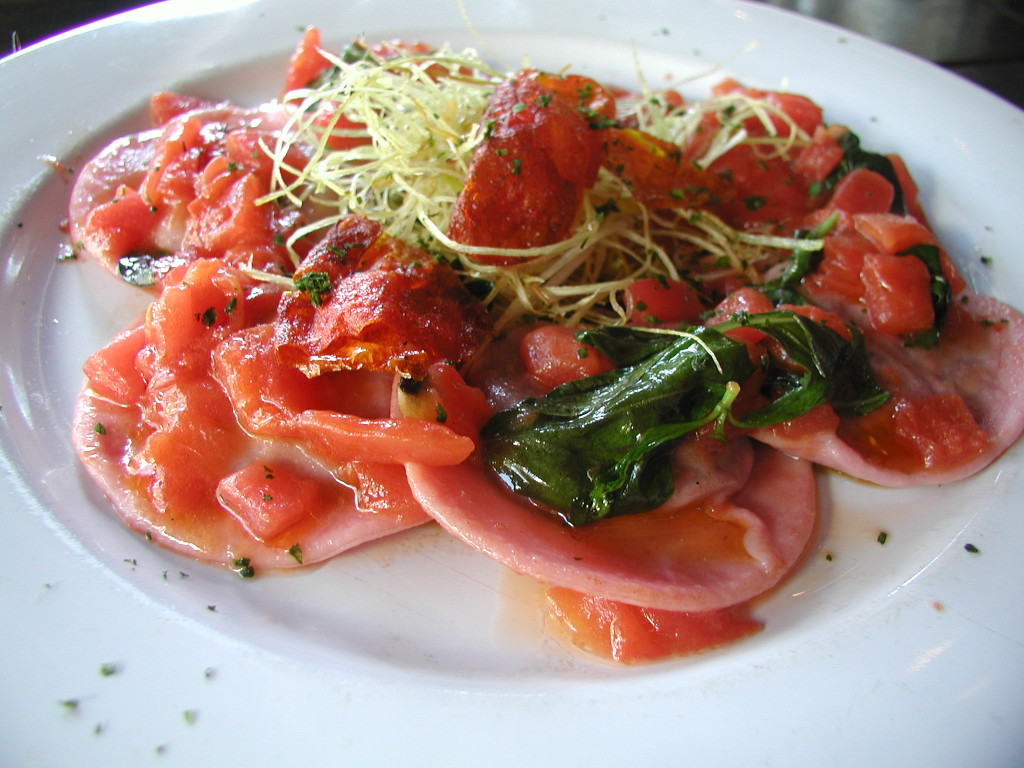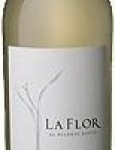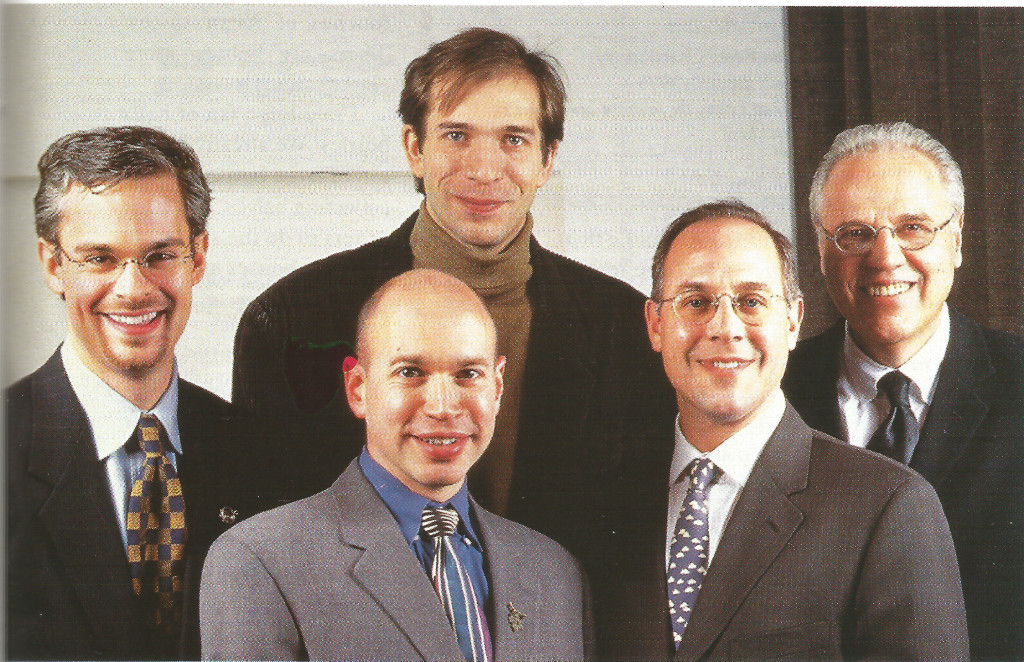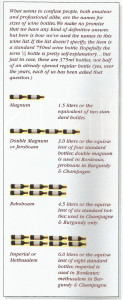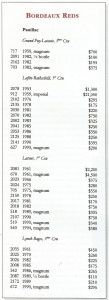CaB Magazine
February 1993
You Are Where You Eat
Restaurant Reviews
February is a time for romance, for fantasy, for coziness. It’s a time of holidays, of festivals, of celebrations. After starting off the month watching shadow-boxing groundhogs and the Japanese throwing beans on Setsubun, I’m ready for the grand twin festivals of Tu B’Shevat and Mexican Constitution Day. A couple of presidents, were they still alive, would be celebrating birthdays in the three digits.
By the end of the first two weeks I’m ready for the middle of the month fertility rites of Valentine’s Day and Lupercalia. Give me a small, intimate and romantic restaurant, where the staff are willing to have a little fun, and so is the chef. I may even take a date.
In preparation, the gang gathered for advance reconnaissance and took over a quiet corner at The Black Sheep Tavern Nestled in the back streets of the West Village, this corner bistro fits the bill perfectly. I was immediately impressed with the notations at the bottom of the menu that for humanitarian reasons, veal is not served, fish is line caught (no nets that might trap dolphins), and meats are free of steroids and antibiotics. Our health virtually guaranteed, we started a more thorough read of the fare.
The Black Sheep has a great menu setup that allows you to order either a la carte or in complete, 5-course dinner style. Each table starts off the evening with a basket of bread and large crudite bowl (fresh and marinated veggies for the uninitiated) and a good sized ramekin of aioli (garlic mayo) for dipping. With a selection of everything from carrot and celery sticks to cool steamed potatoes and beet-juice marinated cauliflower, this is one of the tastier alternatives we’ve had to start off an evening.
The staff is cheerful, quick and knowledgeable about the food and wines they’re serving. They do have a tendency to hover a bit, especially around those dining solo, as if feeling a need to keep you company. Wine service is a bit of a production, and could be done competently with a bit less effort. But all around, we had fun, and one looked disappointed when we didn’t want fresh pepper on each and every item on the plate.
The food here is hearty, and definitely not for the timid of stomach or light in appetite. Roasted corn chowder, grilled chicken salad, wine-steamed mussels, roast polenta with artichokes and Jarlsberg cheese, and wild mushroom ravioli are enough to whet just about any appetite. The terrine of orange duck, seasoned with brandy, oranges and a touch of wild lavender, is first rate.
The fried calamari is lightly breaded in cornmeal and served with a superb lemon and herb sauce. We found the sauce a little overpowering for the light flavor of the calamari, which we dipped in our aioli instead, and then promptly mopped up every drop of the lemon and herb sauce with the bread and grilled eggplant and zucchini that accompanied it. My personal favorite is, without second thought, the brandade de morue, a puree of salt cod, olive oil, garlic, cream and potatoes served on toasted garlic bread with marinated tomatoes and black olives.
For main courses, there is a range that covers everything from vegetarian fusilli in mushroom, vegetable, cream and fresh basil sauce to roast rack of lamb Provencale with a crust of herbs and mustard. The Norwegian salmon filet is cooked to perfection and served atop a salad of roasted grains and sweet peppers. The tuna steak is grilled rare and served swimming in tomato, olive and caper broth. Medallions of beef tenderloin rest comfortably alongside roasted shallots, lightly dressed in a red wine sauce spiked with smoky bacon.
As usual, we dug into some of the more interesting sounding menu items. The confit of duck leg was tender and meaty. Personally, I’ve had better, but the gang outvoted me, and I had to agree that the sweet and spicy ginger-plum sauce and pineapple chutney were perfect accompaniments. The steak au poivre is done to order and topped with cracked peppercorns, shallots, brandy and cream. At the peak of my list was the barbecued, marinated leg of lamb in North African spices and garlic, with white beans and mint mounded underneath. A light salad to clear the palate and we were ready for dessert.
Unfortunately, after several trips, I must admit that I’m not overly impressed with the desserts. The selections sounds great, especially the old-fashioned bourbon-sweet potato pie with toasted pecans, the Brittany butter-almond cake filled with prune and apricot and the banana cake with praline butterscotch frosting. They’re not bad, but they’re just not as exceptional as the rest of the meal. Creme brulee should have its sugar topping caramelized just before serving so you have not only a texture contrast but a temperature one too. Not here, I’d pass on it. Sample from the great after-dinner drink selection and wander on down to the closest cabaret to round out the night.
The Black Sheep Tavern, 344 West 11th Street (at Washington STreet), 242-1010. Reservations recommended. Cash or American Express only. Open seven days a week. Dinner $35-45.
A year or so ago, I was perusing a local restaurant guide and noticed a place that consistently was rated cozy and fun, with good food besides, by reviewers and patrons alike. Such concordance being fairly unusual, we checked the place out. We were suitably impressed, but hadn’t ventured back. With the theme of this column carved in stone, Angler’s & Writers came to mind immediately. [The apostrophe seems to have crept into the published copy, I’m guessing some sort of spell checker was employed.]
Once again, we garnered a corner table with sweeping view of the room. Of course, the place isn’t all that large, so the sweeping doesn’t take all that long. On the other hand, there’s a lot to see. Fishing and boating memorabilia are scattered throughout the room. ON the walls, on tables, on floors. We didn’t see much in the way of writing implements, other than a pen and guest book on a small desk at the door. Perhaps writers are expected to bring their own, which I had.
The staff is unrelentingly friendly, eager to please, and a trifle confused. IN the course of five minute the maitre d’and two waiters came around to give us the specials list. this initially seemed excessive, but since they each gave us a different list, we weren’t quite sure if it was. We settled on the list given by the second waiter, a charming young man from Alaska, mostly because he was the last. It also turned out he was right.
It was a cold evening, and we all opted for soup to start off. Chicken and vegetable sounded a bit tame, we went for the yellow split pea and the whitefish chowder. Both were absolutely delicious, perfectly seasoned and just the way I’d make them at home. The ubiquitous basket of bread helped us sponge up every last drop.
The menu is split into family-style and lighter-style selections. The implication being, I suppose, that families don’t eat light. Or something. There didn’t seem to be a clear difference in presentation of style, but more int he vein of traditional American cooking versus other stuff. Amongst the “light” offerings were a terrine of goose with lingonberries and sweet mustard providing a nice contrast, a roast half-chicken with sauteed spinach, and a hefty plate of gnocchi. Favorites around the table were the smoked salmon and one of the evening’s specials, chicken romagno, with roasted peppers and mushrooms.
On the family side, the battered whitefish was light and crispy, and the stew gave us a nice choice of beef, veal and venison. I went for the roasted chicken with stuffing (okay, for the native easterners, dressing) which was cooked just right and had a nice selection of roasted vegetables on the side. The lamb and mashed potato casserole was also a hit.
Desserts are appropriately family style also, with a selection of pies and cakes in portions big enough to really dig into. Ignore the list at the bottom of the menu, just ask one of the waiters for the evening’s selctions. Just ask one though, or you may get a different opinion. From a myriad of fruit pies and cakes, we selected the mixed brry pie and the apple-plum crumble. Both were, quite simply, good.
Angler’s & Writers offers a nice selection of teas and after dinner coffees to finish off your meal. We unreservedly recommend the Rum Runner’s Cafe, a blend of coffee, maple syrup, rum and cocoa.
Angler’s & Writers, 420 Hudson Street (at St. Luke’s Place), 675-0810. Cash or check only. No reservations. Open seven days a week for lunch/brunch and dinner. Dinner, $30-40.
Somewhere back in the early 00s, long before I’d converted this website to a blog format, I just had these reviews up, along with all the rest, as pages on a regular website. I was contacted by someone, claiming to be involved in a lawsuit that had something to do with The Black Sheep Tavern (long closed at that point), I wasn’t clear whether he was representing the restaurant, employees, or someone else, and demanding that I remove the review from my site as it was prejudicial and could be used against him. WTF? I mean, this is just an electronic record of a print review that was already out there, and I can’t imagine anything in what I said about the restaurant influencing a legal proceeding. Needless to say, despite his demands and threats of suing me if I didn’t, I ignored him, and never heard from him again.
CaB magazine was one of the first publications I ever wrote for. Published by my dear friend Andrew Martin, it covered the Cabaret, Theater, Music and Dining scene in New York City, long before slick publications like Time Out NY and Where NY became popular. We had great fun writing it, and some wonderful writers contributed to its pages. When the magazine folded in the mid-90s, Andrew disappeared from the scene, and rumors had it that he departed from this existence not long after. I was thrilled to find out in mid-October 2005, a decade later, that the rumors were just that. Andrew contacted me after finding my site via that omnipresent force, Google. He’s alive and well and a member of a comedy troupe called Meet the Mistake. Somehow quite fitting!





